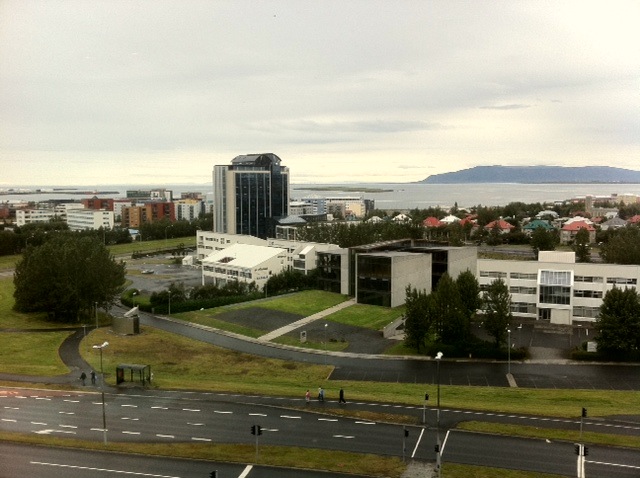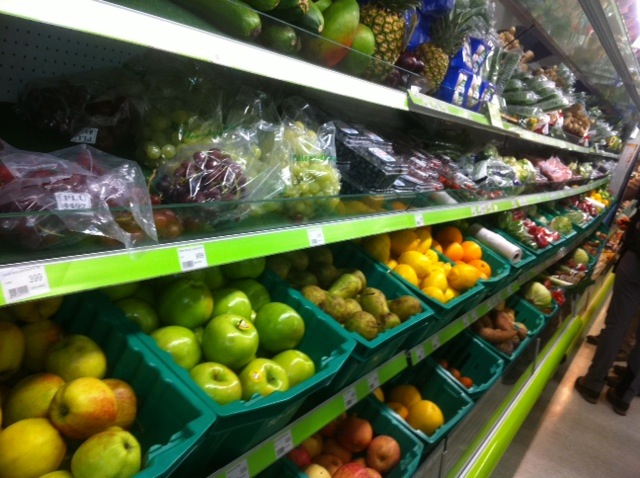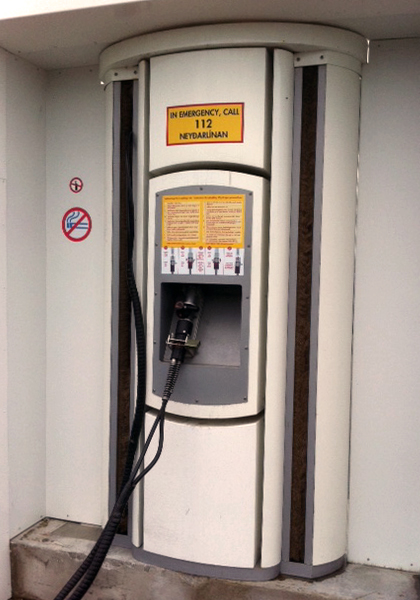We landed in Iceland, where the temperature is mild – it’s in the mid 50s. My shorts and a jacket are working very well, so far. I’m going to stay in shorts as long as it makes sense.
We took a cab into Reykjavik. My first observations were that there are hardly any trees, and that the lava base is very familiar to those of us who live on the east side of the Big Island.
My most significant observation was that there are no overhead electric lines. Everything is underground.
We passed an aluminum manufacturing company on our way in.

I expected it to be belching black smoke, but there wasn’t even a wisp of steam. It looked very benign. We have to visit those folks.

We checked into the hotel. Here’s the view from the hotel.

Then we got a car and went down to the Blue Lagoon. We went in the water and stayed in for maybe two hours; I’m not sure, because I lost track of time. It felt good to relax and get the kinks out after that long trip.

It was sea water with a very slight smell of sulfur, and you could open your eyes under water. People had silica mud spread all over their faces for its therapeutic value. I imagine the silica had the consistency of the stuff women put on their faces at a spa. It was very fine and actually felt kind of good. But I bet it would raise all kinds of problem in the geothermal pipes when it hardens and coats the surfaces.
That’s a geothermal well in the background.

There is a live webcam at the Blue Lagoon!
After that, we explored downtown Reykjavik.

We walked up and down the old city, which has a European feel.

It’s very nice and clean, and things were hopping on a Sunday night. We had to wait more than an hour on our third attempt to get a seafood dinner.
David Stefansson (the project manager at Reykjavik Geothermal) and his wife Olga Fedorova (an international trade lawyer and Russian translator) took us for coffee. They are very nice, friendly and fascinating people and we had a wide-ranging conversation. They told us a lot about the history of Iceland and its people in the context of moving from coal to geothermal many years ago. And in that conversation, we learned that the island’s trees had been cut down many years ago for fuel.
Of course, this all makes a lot of sense. It kind of makes me think of what can happen with biomass.
I want to learn more about the leaders who forced the change that has made the Icelandic people one of the most prosperous people in the world (notwithstanding the disaster that the banking industry recently placed upon the people. They apparently confused capital with energy.)
People here reserve Sundays for family time. It’s kind of like the old plantation days in Hawai‘i. Monday was a national holiday and so we went exploring.
One of many waterfalls in Iceland.
And another one. Iceland has incredible amounts of water from the glaciers.

I happened to be looking through the lens and saw this starting, so I recorded it. This kind of thing happens at random here:
Here’s one of the few products grown in Iceland.

Most are brought in from Europe or the Middle East.

Stay tuned. Much more to come!
Read Part 1 of my Iceland trip here.























